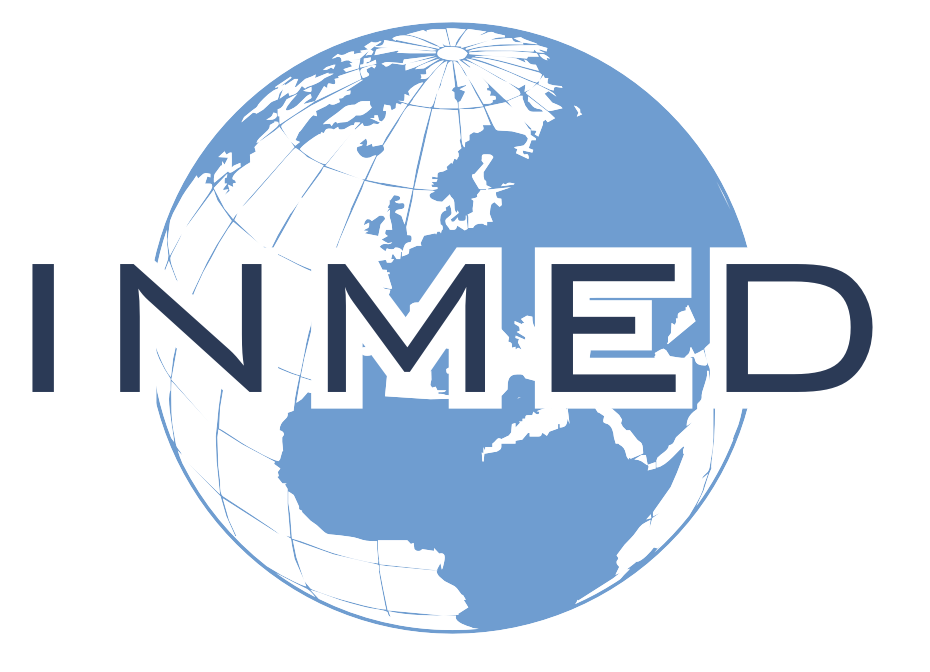Overview
People coming to this rural hospital are usually impoverished, and suffer from malaria, malnutrition, pneumonia, tropical ulcers, typhoid fever, inguinal hernias, pregnancy complications, schistosomiasis, hypertension and anemia. HIV is also a constant concern. Ankaase Methodist Hospital provides innovative care that includes not only hospital services, but also a renutrition center for malnourished children, literacy classes, and care for persons living with HIV/AIDS.
Several American and European healthcare profession students and resident physicians come to Ankaase Hospital each year where they are mentored by Ghanaian national staff. Clinical responsibilities will normally include outpatient clinic, inpatient care, obstetrics, pediatrics, and surgery. Public health and HIV care opportunities are also available. Students are quite welcome and are provided constant supervision.
